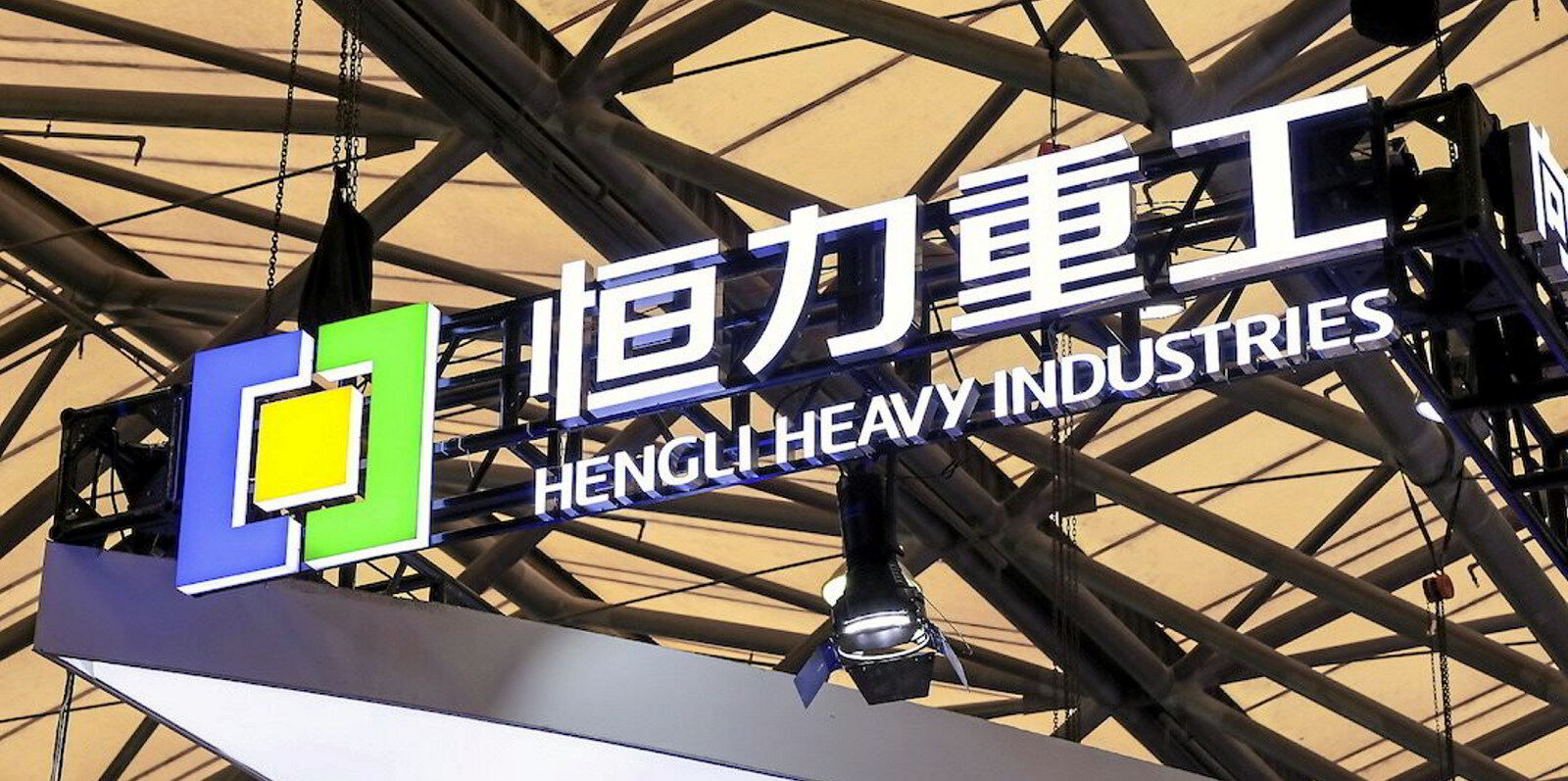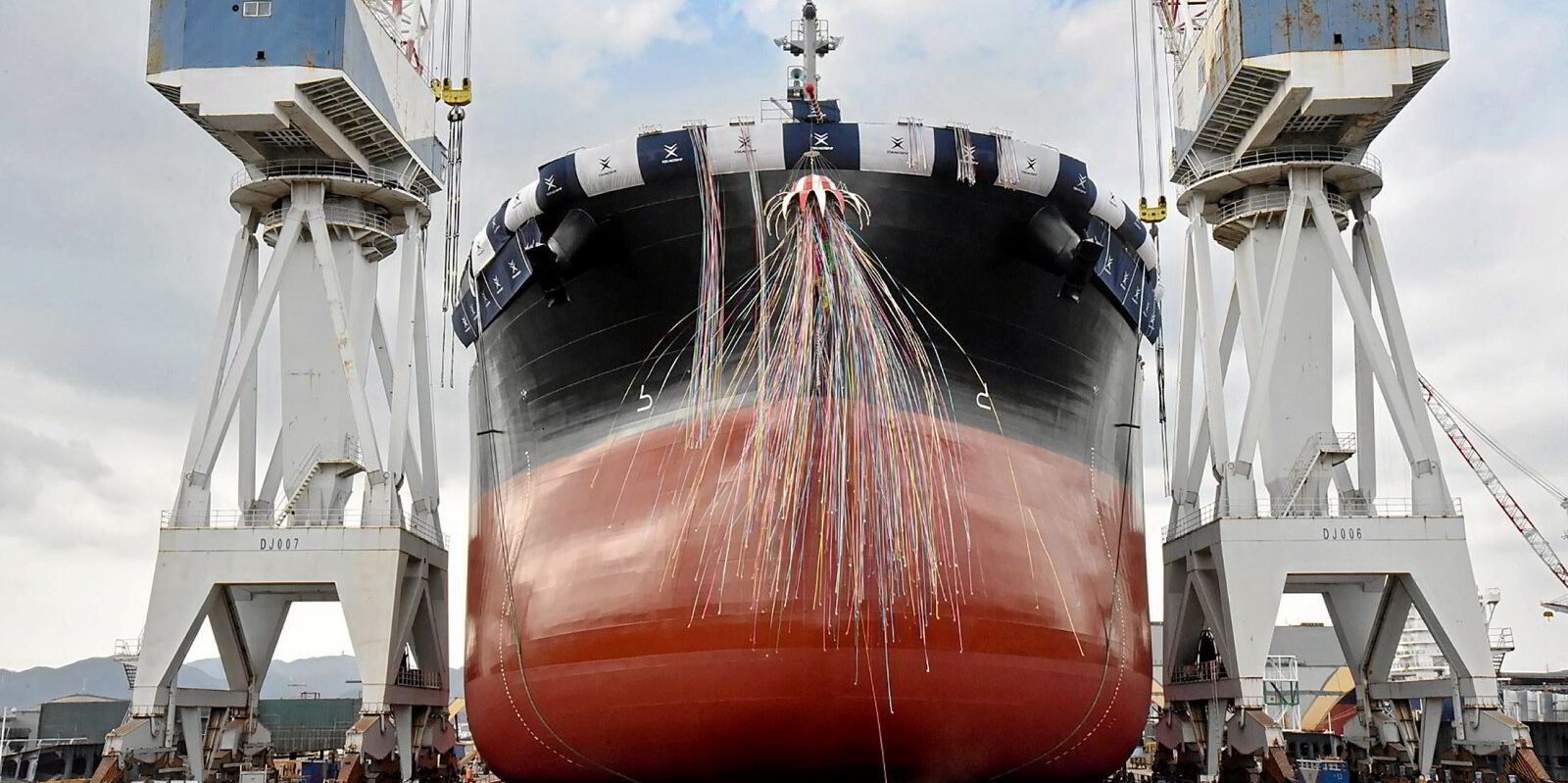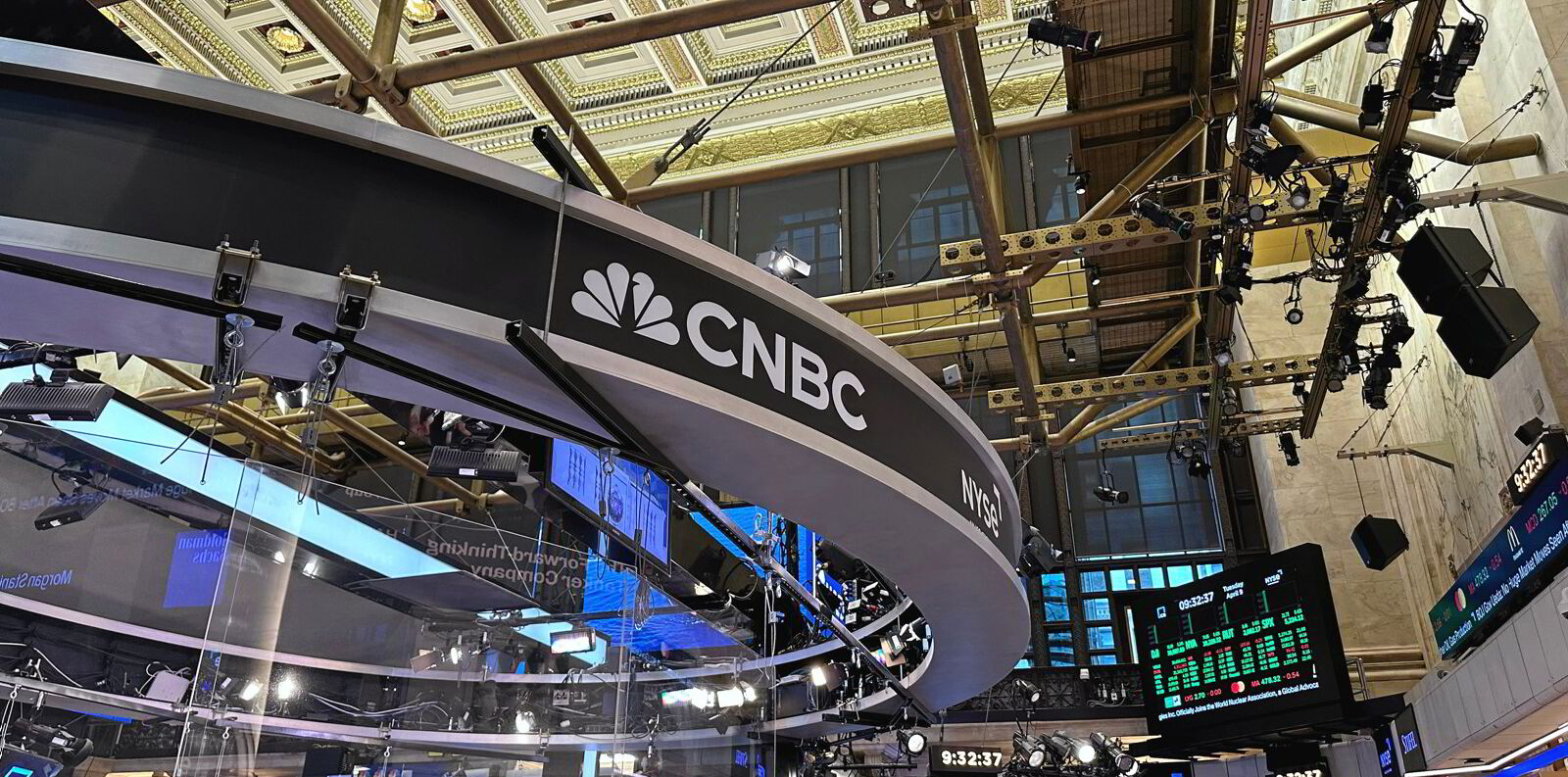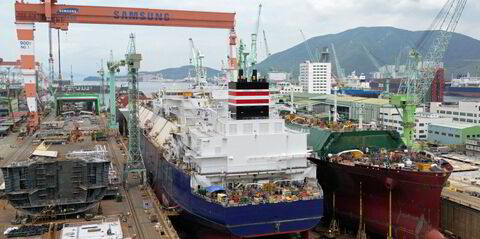Just as tanker owners return to shipyards in significant numbers, the time they now have to wait to get their hands on newbuildings is growing ever longer.
Clarksons Research has tracked delivery times for different vessel types, with tight yard slot availability stretching average lead times.
They are now about 3.1 years for crude tankers, and 2.7 years for product carriers.
These are both up on the 10-year average of 2.2 years, amid large container ship and gas carrier orderbooks, researcher Florence Wade-Smith explained.
On Wednesday, Iino Lines of Japan contracted a methanol dual-fuel VLCC newbuilding at Nihon Shipyard for handover in 2027.
Eight of 74 VLCCs on order are due in 2028, according to Clarksons.
Wade-Smith said tanker newbuilding activity has been strong again this year, with support from an extended period of firm market conditions and a positive outlook.
“Contracting appetite remains healthy in both the crude and products sectors, though with variation across the vessel sizes,” Wade-Smith said.
Total tanker contracting reached 40.1m dwt to the end of September, with 16.8m dwt of product carrier orders, on track for an 18-year high.
Crude vessel contracting totalled 23.3m dwt, bringing the annual run rate to the highest level since 2015.
Robust secondhand prices
“Strong newbuilding activity has been supported by an extended period of firm tanker market conditions and a positive short-term outlook, whilst the secondhand price backdrop has been robust,” Wade-Smith noted.
The ageing fleet has also supported contracting, with 3% of total tanker fleet capacity now over 25 years old, 16% over 20 years and 40% over 15 years, suggesting that significant tonnage will reach its typical scrapping age over the next decade, she said.
Wade-Smith also noted a particular focus on the larger vessels in both segments.

“Indeed, the VLCC sector has seen particularly strong ordering so far this year, with 49 vessels ordered across January to September, already a six-year high,” she said.
Conversely, aframax ordering has been soft, with just 12 units booked so far as newbuilding appetite in this size range has been focussed on LR2s, given the optionality to operate across both clean and dirty trades.
As a result, LR2 orders have already reached its third-highest annual total of 67 vessels over the first three quarters, bringing the annual run rate above last year’s record.
Whilst there has been a focus on the larger vessels, there has also been robust MR ordering.
Wade-Smith logs 139 vessels contracted so far this year, following on from 2023’s 10-year high, with yard slot availability for smaller vessels currently less constrained.
Investment has been led by Greek and Chinese owners, together accounting for 37% of orders in dwt terms.
Chinese yards winning most deals
And deals have largely been done in China, with 72% of contracts won by yards there, compared to 29% across the 2010s.
South Korean shipbuilders have been more focused on LNG carriers and boxships.
A total of 13 Chinese yards have won their first tanker order of 40,000 dwt and above in the last two years.
London broker SSY said this week that tanker newbuilding contracting hit an 18-year high in the third quarter as companies moved to update an ageing fleet.
The company calculated that owners placed orders for 187 tankers of 15.8m dwt between July and September, the highest quarterly figure since the first three months of 2006.
The shipyard stampede has been led by the clean sector, which contracted 151 vessels.







